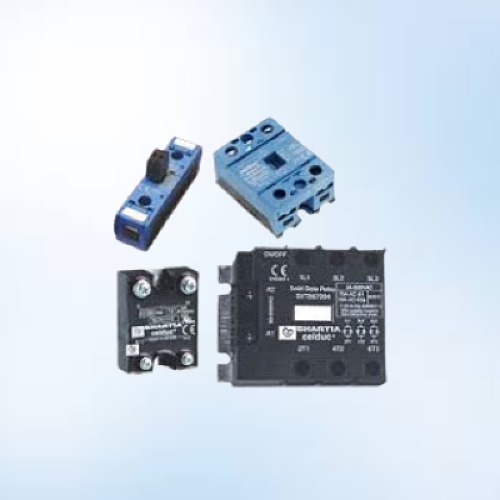
Overview Solid State Relay
The solid-state relay (SSR) is an electronic switching device that switches on or off when an external voltage is applied across its terminals. Solid State Relays (SSRs) generally switch high voltage circuits on and off using the low voltage at their control terminals. A solid-state relay (SSR) does not include moving parts, making it less prone to wear and tear and more reliable than a mechanical relay. SSRs are typically used where control signals are produced by digital circuitry, such as microprocessors or programmable logic controllers (PLCs), and AC or DC loads are controlled. Besides industrial controls, lighting controls, HVAC, process controls, and other applications requiring high voltage or high current loads, they are also used to switch loads of high voltage and high current. Solid-state semiconductors utilize semiconductors’ electrical and optical properties instead of moving components to control input-to-output actions.
It is an electronic switching device made of semiconductors with no movable parts. Due to no moving components, it is a Solid State Relay, and thus does not undergo any wear and tear on contact, making it long lasting for up to 100 million operations.
